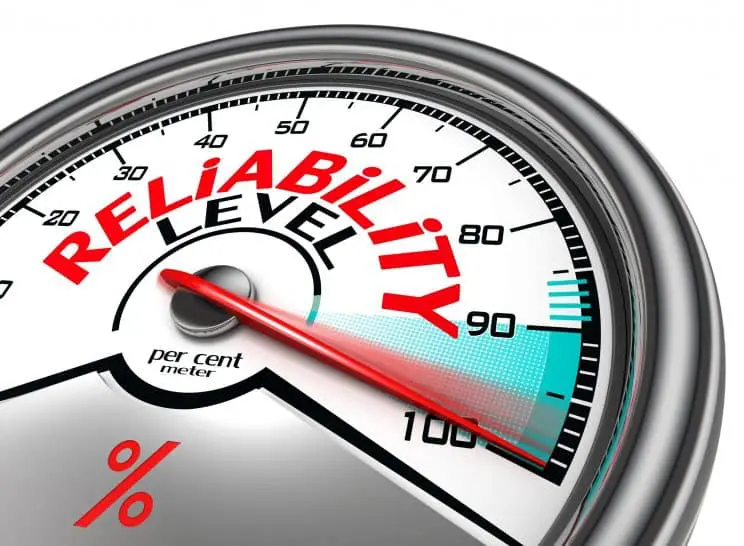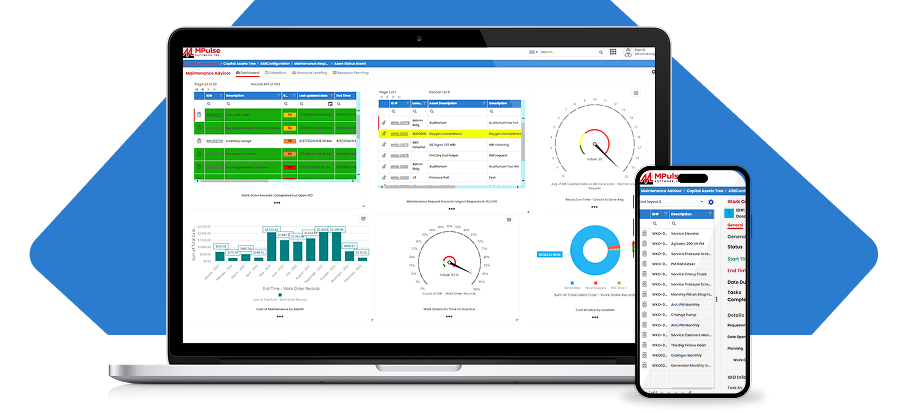Reliability Centered Maintenance (RCM): Defining Maintenance for Optimal Asset Performance
Reliability Centered Maintenance (RCM) defines maintenance as the means to maintain an asset’s functions in a defined operating context.
In other words, RCM outlines the safe minimum levels of maintenance. Therefore, you can focus company resources on equipment that would cause the most disruption if it failed. An integral part of this process is implementing routine maintenance, which helps ensure assets are consistently operating within their defined parameters.
Evaluation Criteria for Reliability Centered Maintenance
RCM uses the technical standard SAE JA1011, Evaluation Criteria for RCM Processes. To implement RCM effectively, you need to answer these seven questions in order:
- What is the item supposed to do and its associated performance standards?
- In what ways can it fail to provide the required functions?
- What are the events that cause each failure?
- What happens when each failure occurs?
- In what way does each failure matter?
- What systematic task can be performed proactively to prevent, or to diminish to a satisfactory degree, the consequences of the failure?
- What must be done if a suitable preventive task cannot be found?
Consequently, start with the stakeholders who understand their physical assets and how they work. The first questions above identify the operating context of the machinery. These stakeholders then write a Failure Mode Effects and Criticality Analysis (FMECA). (Click here for examples of FMECA.)
Routine maintenance becomes critical at this stage, as it includes performing systematic tasks identified in the FMECA to address potential failure modes before they occur. This ensures the continued reliability and performance of your assets while minimizing downtime.
Developing a Routine Maintenance Program
The second part of RCM determines the appropriate maintenance tasks for the identified failure modes in the FMECA. From here, you create a routine maintenance program composed of cost-effective tasks that preserve important functions. These tasks should be scheduled regularly to ensure assets operate efficiently and failures are mitigated.
Lastly, your RCM program should be reviewed constantly and adjusted to improve cost-effectiveness, decrease asset downtime, and provide insight into organizational risk. Routine maintenance plays a central role in this review process, offering a foundation for proactive and predictive adjustments.
RCM and CMMS Software
CMMS software is a vital component of the RCM process, particularly in managing routine maintenance tasks. As CMMS gathers data with every work order, it becomes easier to see what’s working, and what needs more attention. Reporting can help you quickly produce status reports and documents giving details or summaries of your team’s maintenance work, like:
- Who’s doing what and how long it takes them to do it
- How much that asset really costs, and when it’s more cost effective to replace it
- Which parts are overstocked or understocked, and which parts need longer lead times
- What’s the inventory turn rate
- How much the department is spending and on what
- Which assets are pulling their weight, and which ones aren’t
- How much a breakdown really costs
- What routine maintenance tasks can prevent breakdowns before they happen
In other words, we call that data-driven decision-making. This type of maintenance management helps organizations compete in increasingly complicated and competitive markets.
By emphasizing routine maintenance throughout the RCM process, you create a proactive framework for asset management that maximizes performance and reliability.
Contact us to see how to get started.


